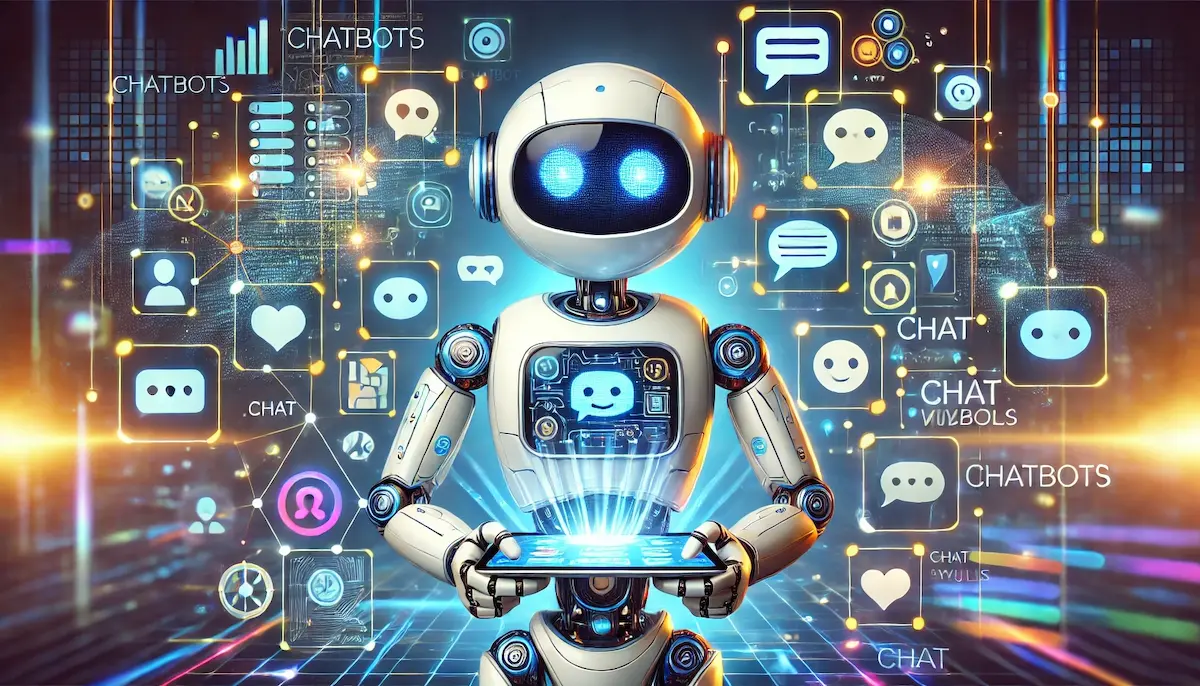In today’s digital age, businesses and consumers alike are increasingly turning to chatbots for efficient and effective communication. Chatbots, powered by artificial intelligence (AI), have transformed the way we interact with technology and access information. They can be found on websites, messaging apps, and even within our smart devices, providing instant responses and personalized assistance.
What is a Chatbot?
A chatbot is a software application designed to simulate human conversation. It uses natural language processing (NLP) to understand and respond to user inputs, creating a seamless and interactive communication experience. Chatbots can perform a variety of tasks, from answering simple questions and providing customer support to automating complex business processes.
Types of Chatbots
There are two main types of chatbots: rule-based chatbots and AI-powered chatbots.
- Rule-Based Chatbots: These chatbots follow predefined rules and scripts to respond to specific inputs. They are best suited for handling straightforward queries and tasks, such as answering frequently asked questions or guiding users through a process.
- AI-Powered Chatbots: These chatbots leverage machine learning and NLP to understand context and intent, allowing them to handle more complex and nuanced interactions. They can learn from past interactions, improve over time, and provide more personalized and accurate responses.
Benefits of Chatbots
Implementing chatbots offers numerous advantages:
- 24/7 Availability: Chatbots can provide round-the-clock support, ensuring that users can access assistance at any time, day or night.
- Instant Responses: By providing immediate answers to user queries, chatbots enhance the customer experience and reduce wait times.
- Cost-Effective: Chatbots can handle a large volume of interactions simultaneously, reducing the need for human agents and lowering operational costs.
- Scalability: As demand increases, chatbots can easily scale to handle more interactions without a decline in performance.
- Personalization: AI-powered chatbots can tailor responses based on user data and preferences, creating a more personalized and engaging experience.
Use Cases for Chatbots
Chatbots are versatile tools that can be used in various industries and scenarios:
- Customer Support: Providing quick and accurate responses to common customer inquiries, troubleshooting issues, and guiding users through processes.
- E-commerce: Assisting customers with product recommendations, order tracking, and completing purchases.
- Healthcare: Scheduling appointments, answering health-related questions, and providing information about medical services.
- Banking and Finance: Offering account information, processing transactions, and providing financial advice.
- Travel and Hospitality: Assisting with booking flights, hotels, and providing travel recommendations and support.
Implementing Chatbots
To successfully implement a chatbot, organizations should follow these steps:
- Define Objectives: Clearly outline the goals and use cases for the chatbot, such as improving customer support or automating specific tasks.
- Choose the Right Platform: Select a chatbot platform that aligns with your business needs and integrates well with your existing systems.
- Design Conversational Flows: Create natural and intuitive conversational flows that guide users through interactions and provide value.
- Train the Chatbot: For AI-powered chatbots, train the model using relevant data to improve its understanding and responses.
- Test and Iterate: Continuously test the chatbot, gather user feedback, and make necessary adjustments to enhance performance and user satisfaction.
Conclusion
Chatbots are powerful tools that can enhance customer experiences, streamline operations, and provide valuable support across various industries. By leveraging the capabilities of AI and NLP, chatbots offer instant, personalized, and scalable solutions to meet the growing demands of the digital age.
Blockfine thanks you for reading and hopes you found this article helpful.
